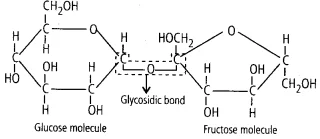Gums are hetero-polysaccharides (poly-mers) of large number of different monosac-charide units. Yes, fevicol is a different kind of polymer. It is a synthetic sticky substance called resin which is manufactured by esteri-fication of organic compounds.

_20241115_153254.webp)

_20241115_153203.webp)
_20241115_153213.webp)
_20241115_153221.webp)
_20241115_153227.webp)
_20241115_153234.webp)
_20241115_153242.webp)
_20241115_153247.webp)
_20241115_153301.webp)










